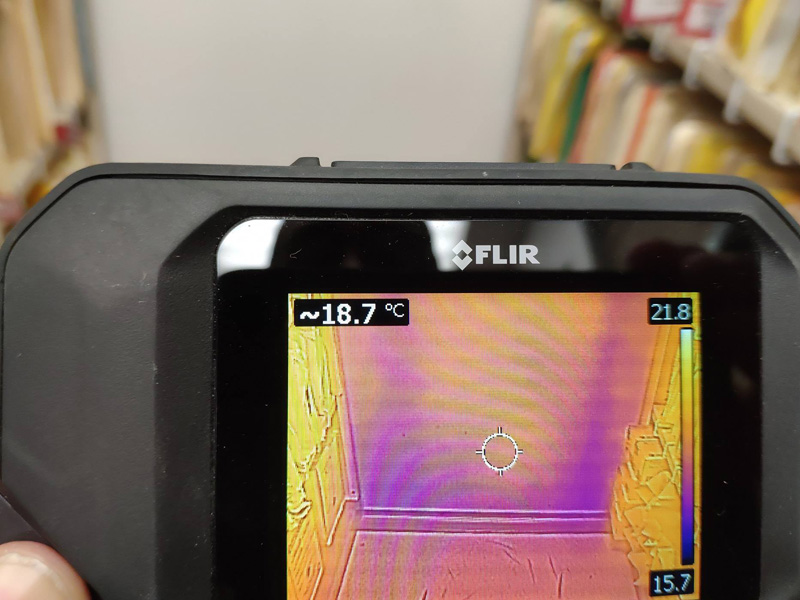Leak detection is an important part of home maintenance, as leaks can cause extensive damage if left untreated.
Traditional methods of leak detection involve visual inspection or the use of moisture meters, but these methods can be time-consuming and may not detect hidden leaks.
Thermal imaging cameras offer a more efficient and accurate method of leak detection, as they can detect changes in temperature that indicate the presence of moisture.
In this article, we will explore how to detect leaks in your home with thermal imaging cameras.
What is Thermal Imaging?
Thermal imaging is a non-invasive method of detecting temperature variations in objects and surfaces.
It uses infrared technology to detect changes in heat signatures, which are then displayed on a screen as a visual representation of the temperature variations.
This makes it an effective tool for identifying areas of moisture or water damage that are not visible to the naked eye.
How Do Thermal Imaging Cameras Detect Leaks?
Thermal imaging cameras detect leaks by identifying temperature variations in walls, floors, and ceilings.
When moisture is present, it causes a change in temperature that can be detected by the camera.
This is because moisture has a different thermal conductivity than the surrounding materials, which causes a temperature difference that can be seen on the camera’s screen.
They can even be used to detect leaks in your roof and below your floor boards.
Using Thermal Imaging Cameras for Leak Detection
To detect leaks with a thermal imaging camera, follow these steps:
- Turn off all heating and cooling systems in the area being inspected. This will ensure that the temperature readings on the camera are not affected by outside sources.
- Scan the area with the camera, paying particular attention to areas where leaks are most likely to occur, such as around windows, doors, and plumbing fixtures.
- Look for temperature variations that indicate the presence of moisture. This may appear as dark spots or areas of the surface that appear colder than the surrounding areas.
- Investigate any areas that show signs of moisture with traditional methods, such as visual inspection or moisture meters, to confirm the presence of a leak.
Benefits of Thermal Imaging for Leak Detection
Using thermal imaging cameras for leak detection offers several benefits, including:
- Efficiency: Thermal imaging cameras can detect leaks quickly and accurately, reducing the time required for inspection and diagnosis.
- Non-invasiveness: Thermal imaging is a non-invasive method of leak detection that does not require any drilling or other invasive methods.
- Accuracy: Thermal imaging cameras can detect moisture in areas that may not be visible to the naked eye, making them an effective tool for identifying hidden leaks.
- Cost-effective: By detecting leaks early, thermal imaging can help prevent costly water damage repairs in the future.
Conclusion
Thermal imaging cameras offer an effective and efficient method of detecting leaks in your home.
By identifying temperature variations that indicate the presence of moisture, they can help you identify and address leaks before they cause extensive damage.
If you suspect a leak in your home, consider using a thermal imaging camera to identify the problem quickly and accurately. You can also hire a professional to do the job for you. Always ask them for a quote before you get started to see how much it will cost beforehand.

